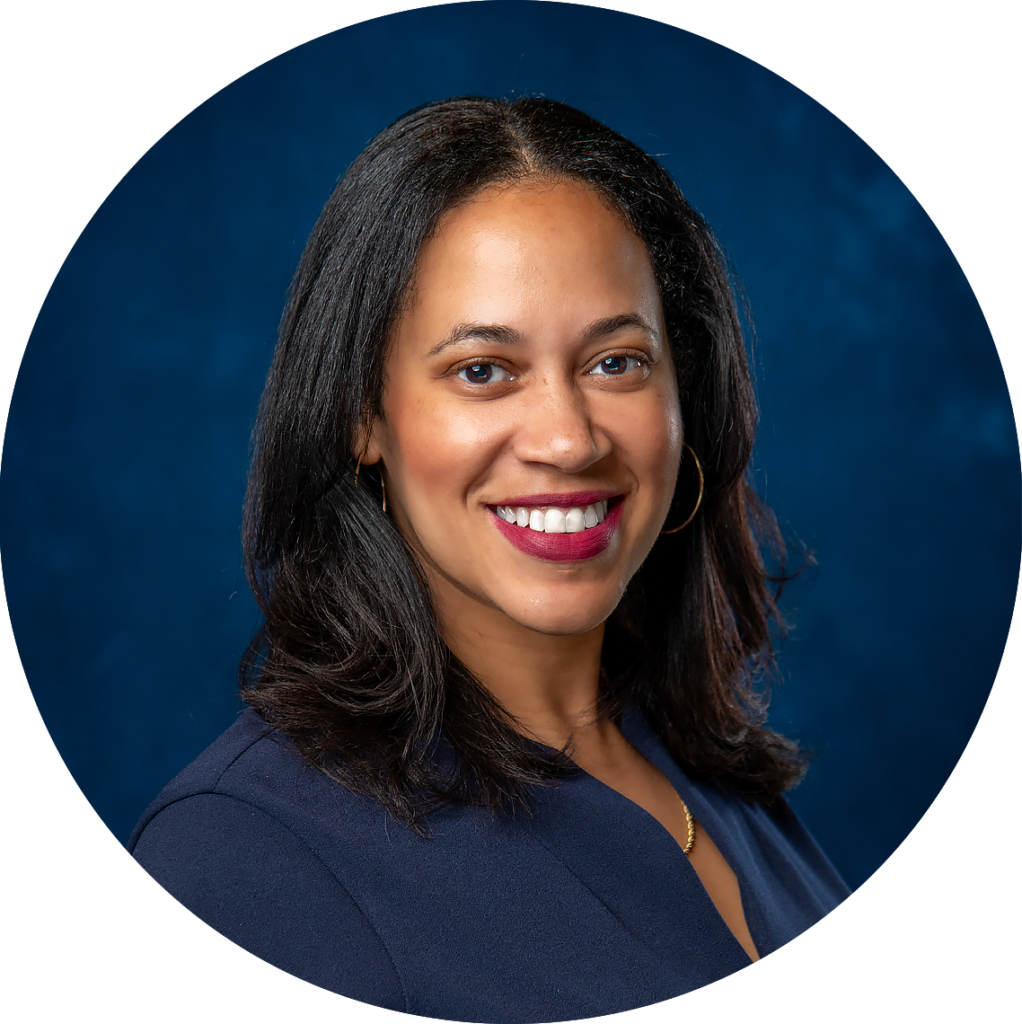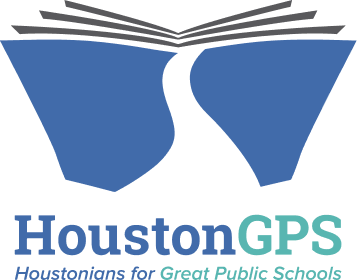Houston HISD Board Meeting Recap 1.18.24
The HISD Board held their January regular board meeting on January 18, 2024. Here’s a recap of the highlights.
BOARD VOTES
All agenda items were approved unanimously.
Agenda Item | In Favor | Opposed |
Goal Progress Monitoring Report | 8* | 0 |
Resolution on Chaplains | 9 | 0 |
Board Self-Evaluation | 8* | 0 |
Consent Agenda (All Other Items) | 9 | 0 |
*Board Member Campo was absent for these votes.
STUDENT OUTCOME SPOTLIGHT
3rd grade reading and math scores are low, but students of color face even greater disparities.
The HISD Board received their first student outcome monitoring report which focused on 3rd grade reading and math outcomes from beginning of year (BOY) testing using the NWEA MAP assessment. These results represent where students started the school year and will be the baseline from which future student growth will be measured.
As a recap from our agenda highlight blog, on average only 28% of 3rd grade students met grade level standards in reading at the beginning of the school year. Third grade math proficiency is even lower at 24%. When looking at the breakdown by student demographic groups in Table 1, it becomes clear that students of color and economically disadvantaged students face significant gaps compared to their peers, with the largest comparable disparity being a full 46 percentage point difference.
Goal Progress Measure 1.1
The percentage of 3rd grade students projected at Meets Grade Level on NWEA MAP in reading will increase from 28% in September 2023 to 43% in May 2028.
Goal Progress Measure 2.1
The percentage of all 3rd graders projected at Meets Grade Level on NWEA MAP in math will increase from 24% in September 2023 to 39% in May 2028.
Technically, HISD is currently on track to meet their goals for both reading and math, but results represent a starting point for comparison. Middle of year data (MOY) will offer more of an insight into student growth. Preliminary MOY results show that NES campuses are seeing higher growth in both math and reading than non-NES campuses. The HISD Board is scheduled to review MOY results for New Education System (NES) campuses in March 2024 and growth in both reading and math in June 2024.
Big Picture: Early literacy and numeracy skills are a crucial foundation that prepare a student for academic success. HISD must start early with targeted resources and high-quality instruction, prioritizing student groups who need the most support.
Equity was a theme throughout the Board discussion on the student outcome data.

Adam Rivon: How do these targets close the gap? How is the work on the ground contributing to greater increases for students further behind?
Superintendent Response: When the administration put their progress measure tables together, they set higher growth targets for Black and Latino student groups to close achievement gaps. This means that while all of the targets are rigorous, they are focused on seeing more growth for students of color.
The NES program adds resources like teacher apprentices and learning coaches. It also uses a highly differentiated learning model. The Board should expect that these resources reflect higher growth for students of color.



Janette Garza Lindner, Angela Lemond Flowers, and Paula Mendoza: What strategy is being used to close the gaps for students of color in non-NES schools? What is the timeline?
Superintendent Response: They are transitioning to high-quality instructional materials (HQIM) in non-NES campuses by the 2025-2026 school year. They will have to help non-NES schools differentiate instruction for students in need of support, along with implementing before and after school interventions. Non-NES schools have more autonomy to direct student learning.
In the 2024-2025 school year, they will be adding additional NES campuses based on D/F ratings (learn more) and looking at the curriculum of C-rated schools to make sure they utilize HQIM. A- and B-rated campuses will retain autonomy, including over curriculum and scheduling. Administration will monitor student outcomes and achievement gaps next year and allow those campuses time to think through their own interventions before central interventions are considered, especially if achievement gaps persist.
The Board also focused heavily on the quality of curriculum and instruction.

Cassandra Auzenne Bandy: What do curriculum authors say about best practices for implementation?
Superintendent Response: Overall, curricula need to be implemented with fidelity. However, Superintendent Miles discussed specific changes that were deemed appropriate like modifying Amplify Reading curriculum to be less scripted and allowing teachers to make tweaks to fit their needs. Similarly for Carnegie and Eureka math curricula, more story-focused math problems were added. The high-quality base remains necessary but the district is being flexible.

Rolando Martinez: HISD has a group of teachers that review the curriculum. What type of feedback are they getting from teachers in classrooms?
Superintendent Response: In addition to feedback received at campus visits, classroom teachers were hired to vet the curriculum in October. While the rest of the curriculum development staff have classroom experience, these teachers teach half time and review curriculum half time, providing perspective of recent classroom teachers.

Ric Campo: Can you cover how the quality of instruction has changed and how they are monitoring that and reporting it for MOY?
Superintendent Response: First, the administration worked on creating alignment on what high quality instruction looks like. Then, principals were trained and calibrated on observing high quality instruction so that they could identify high quality instruction and suggest improvements. Principals and Executive Directors are trained on Mondays and Wednesdays.
To ensure the quality of instruction is improving, they conduct spot observations. Principals must conduct three observations in the morning and afternoon, with each teacher receiving a spot observation at least once a month. They also have independent review teams that observe schools to provide an outside perspective of each campus.
Parent Communication continues to be a topic of discussion.

Michelle Cruz Arnold: What is the strategy for communicating NWEA MAP to parents and helping them interpret results?
Superintendent Response: NWEA MAP scores will be published for parents and principals will be trained on how to interpret scores. The district will have extensive resources on the website and will also have simplified one pagers for parents.
Time Check: The Board engaged in a robust discussion of student outcomes with an emphasis on equity. They spent 31% of the meeting time student outcome monitoring, which exceeds their target of 10% for this month. Considering speakers from the public accounted for nearly 50% of the meeting time, the Board is on track to spend at least 50% of their time on student outcomes by March.
Why this Matters: High-performing school districts have school boards that spend most of their time focused on student outcomes rather than operations. Lone Star Governance recommends boards spend at least 50% of their time engaged in student outcome monitoring.
OTHER MEETING HIGHLIGHTS
